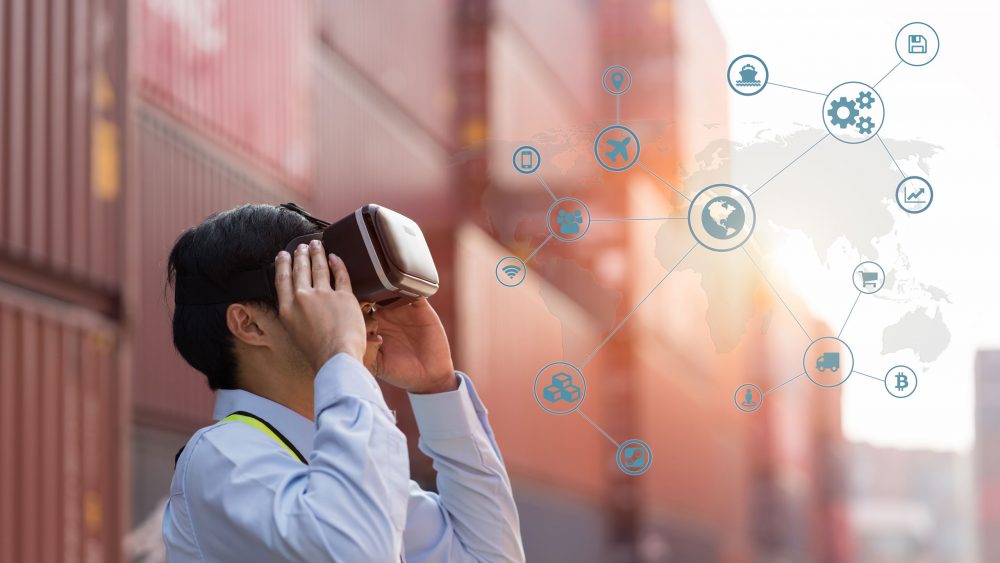A digital twin is a virtual simulator called to shape the future of ports, helping them prevent accidents, allowing them to anticipate situations and creating parallel scenarios that allow safer and more efficient decision-making. But how exactly does a digital twin work and where is it being used?
A digital twin is a virtual representation of a physical environment throughout its lifetime. Put more plainly, it is a kind of digital clone that increases efficiency, in this case of a port, by up to 10%.
The use of a digital twin helps turn big data on ports into usable information. This makes it easier to make decisions and minimises risk. For this reason, it is set to revolutionise port performance, offering operational efficiency, data management, and risk reduction.
Training at ports
Workers are trained through a digital twin at the Port of Montreal. This allows port staff to initially address day-to-day issues in a virtual environment. Thus, high-risk crises such as goods going on fire or toxic spills can be solved to cope with the disaster using virtual tools, without involving any actual danger.
Just like in a video game, the level off difficulty can be increased and more serious cases can be simulated as the worker moves up. The virtual twin allows the worst-case incidents a port worker can face in his or her working life to be dealt with. This will therefore be the best way to prepare for them.
Digital twins at leading ports
However, virtual twins are not just for training purposes. They are helping ports make progress and more efficient decisions. Their development and applied technologies are actually adapted to the approach of each port. Below are some examples.
- Port of Antwerp: Its digital twin APICA, uses augmented reality on photography to see the status of port traffic. With an 8D perspective that combines 12 databases, it provides accurate information on the traffic of goods, geographic information systems, the tracking of drones, and surveillance cameras.
- Port of Rotterdam: Its digital twin, created with IBM, monitors boat movements, infrastructure, meteorology, geographic information, and water depth. It is based on a system that shares information through bilateral connections and an automated deep-water terminal, helping to reduce fuel consumption and allow for more cost-effective payloads.
- Port of Hamburg: 95% of its logistics processes are digitalised, a traffic control system viewable through its digital twin with augmented reality. It also has the 5G MoNarch project, which allows processes to be optimised, improving traffic light control, integrating 5G sensors in the vessels and implementing images of augmented reality and virtual reality in 360º.
- Port of Singapore: This leading digital innovation port is focused on developing its own digital for the Tuas terminal, which they hope will help them improve operational efficiency and manage natural disasters.



Comments are closed.